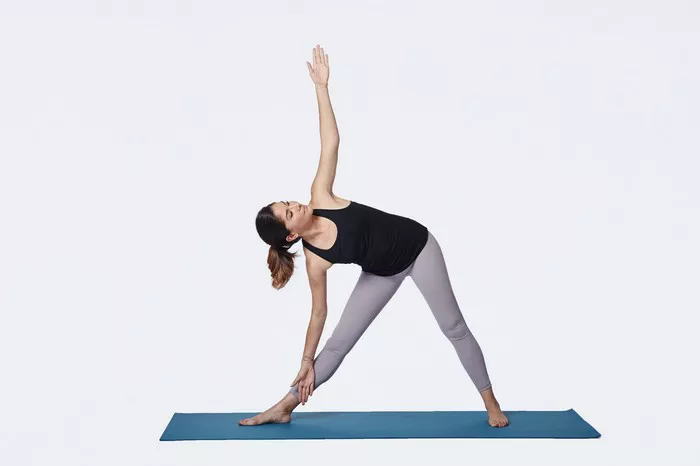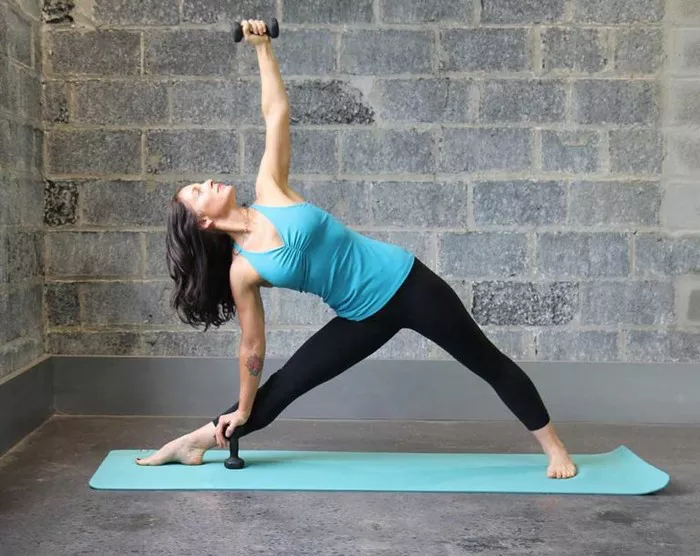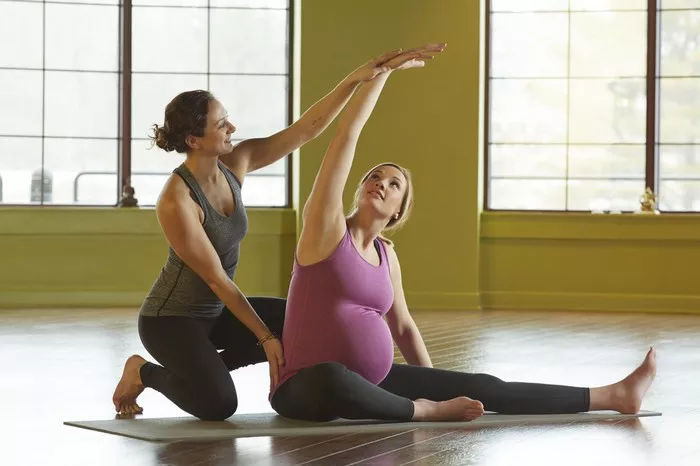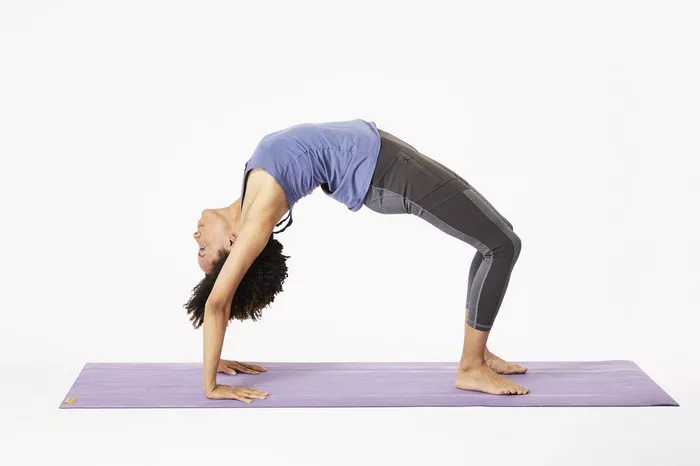Carpal tunnel syndrome (CTS) is a prevalent condition characterized by numbness, tingling, and weakness in the hand and arm caused by compression of the median nerve as it travels through the wrist at the carpal tunnel. With the rising popularity of yoga as a form of exercise and stress relief, concerns have emerged regarding its potential impact on individuals with carpal tunnel syndrome. This article aims to dispel myths surrounding yoga and carpal tunnel syndrome while exploring the potential benefits of incorporating yoga into a comprehensive management plan for this condition.
Understanding Carpal Tunnel Syndrome
Before delving into the relationship between yoga and carpal tunnel syndrome, it is crucial to understand the underlying mechanisms of the condition. The carpal tunnel is a narrow passageway formed by bones and ligaments in the wrist through which the median nerve and tendons pass. When the median nerve becomes compressed or irritated due to various factors such as repetitive hand movements, wrist injuries, or underlying health conditions like arthritis, it can lead to the symptoms associated with carpal tunnel syndrome.
Common risk factors for carpal tunnel syndrome include repetitive hand and wrist movements, such as typing, assembly line work, and prolonged use of vibrating hand tools. Additionally, certain health conditions, such as diabetes, obesity, and rheumatoid arthritis, may increase the risk of developing carpal tunnel syndrome. Symptoms often worsen at night and may progress to the point of interfering with daily activities if left untreated.
Myth: Yoga Exacerbates Carpal Tunnel Syndrome
One of the prevailing myths surrounding yoga is that it exacerbates carpal tunnel syndrome due to the emphasis on wrist-intensive poses and weight-bearing exercises. While it is true that some yoga poses involve placing weight on the hands and wrists, the notion that yoga is inherently harmful for individuals with carpal tunnel syndrome is overly simplistic and fails to account for the diverse range of yoga practices and modifications available.
Understanding Yoga: More Than Just Poses
Yoga is a holistic practice that encompasses physical postures (asanas), breathing exercises (pranayama), meditation, and mindfulness techniques. While certain yoga poses may indeed place strain on the wrists, the practice as a whole offers numerous potential benefits for individuals with carpal tunnel syndrome when approached mindfully and with appropriate modifications.
Benefits of Yoga for Carpal Tunnel Syndrome
1. Improved Flexibility and Range of Motion: Gentle stretching and movement practiced in yoga can help improve flexibility and range of motion in the wrists and hands, reducing stiffness and discomfort associated with carpal tunnel syndrome.
2. Stress Reduction: Chronic stress and tension can exacerbate symptoms of carpal tunnel syndrome by increasing muscle tension and impairing circulation. Yoga promotes relaxation and stress reduction through breathing exercises and mindfulness techniques, which can help alleviate symptoms and improve overall well-being.
3. Enhanced Posture Awareness: Proper alignment is essential in yoga practice, and cultivating awareness of posture can translate to improved ergonomics in daily activities, reducing strain on the wrists and mitigating symptoms of carpal tunnel syndrome.
4. Strengthens Supporting Muscles: Yoga poses that engage the muscles of the forearms, hands, and shoulders can help strengthen the supporting structures around the wrists, providing better support and stability for the joints and reducing the risk of injury.
5. Mind-Body Connection: Yoga encourages a deeper connection between the mind and body, fostering a greater awareness of sensations and allowing individuals to respond more effectively to signals of discomfort or strain, thus preventing exacerbation of carpal tunnel symptoms.
Modifications for Practicing Yoga with Carpal Tunnel Syndrome
While yoga offers numerous potential benefits for individuals with carpal tunnel syndrome, it is essential to approach the practice mindfully and make appropriate modifications to avoid exacerbating symptoms. Here are some tips for practicing yoga safely with carpal tunnel syndrome:
1. Use Props: Props such as yoga blocks, straps, and bolsters can provide support and reduce the amount of weight placed on the wrists during poses. For example, placing a block under the hands in downward-facing dog can alleviate pressure on the wrists while still allowing for a beneficial stretch.
2. Focus on Alignment: Pay attention to proper alignment in yoga poses to avoid excessive strain on the wrists. Engage the muscles of the arms and shoulders to distribute weight evenly and support the wrists, rather than collapsing into the joints.
3. Modify Poses: If certain poses exacerbate symptoms or feel uncomfortable, don’t hesitate to modify or skip them altogether. For example, instead of placing the palms flat on the mat in poses like plank or upward-facing dog, try coming onto the fists or using fists on blocks to reduce wrist extension.
4. Listen to Your Body: Above all, listen to your body and honor its limitations. If a pose or movement causes pain or discomfort, back off and explore gentler alternatives. Avoid pushing through pain, as this can worsen symptoms and lead to further injury.
5. Consult with a Qualified Instructor: Consider working with a qualified yoga instructor who has experience working with individuals with carpal tunnel syndrome. They can provide personalized guidance, offer modifications, and help tailor a practice that meets your needs and abilities.
Conclusion
In conclusion, yoga can be a valuable addition to a comprehensive management plan for carpal tunnel syndrome when practiced mindfully and with appropriate modifications. Rather than viewing yoga as inherently harmful, individuals with carpal tunnel syndrome can benefit from its potential to improve flexibility, reduce stress, enhance posture awareness, and strengthen supporting muscles. By understanding the principles of safe yoga practice and making necessary adjustments, individuals with carpal tunnel syndrome can harness the therapeutic potential of yoga to manage symptoms and improve overall quality of life.
FAQs:
Is downward dog bad for carpal tunnel?
Downward dog can exacerbate symptoms of carpal tunnel syndrome due to the weight-bearing position that puts pressure on the wrists. The posture involves significant wrist extension, which may compress the median nerve, aggravating symptoms like pain, numbness, and tingling in the hands and wrists.
What exercises should be avoided with carpal tunnel?
Exercises that involve repetitive wrist movements or forceful gripping should generally be avoided with carpal tunnel syndrome. Examples include push-ups, handstands, and any activity that requires prolonged wrist flexion or extension. These movements can further compress the median nerve and worsen symptoms.
How can I protect my wrists during yoga?
To protect your wrists during yoga, focus on proper alignment and modification of poses. Use props like blocks or blankets to support the wrists and reduce pressure. Practice mindful engagement of the entire hand to distribute weight evenly. Additionally, consider modifying poses that strain the wrists, such as using fists instead of flat hands in poses like plank or downward dog. Strengthening exercises for the forearm muscles can also provide support and stability to the wrists.

















